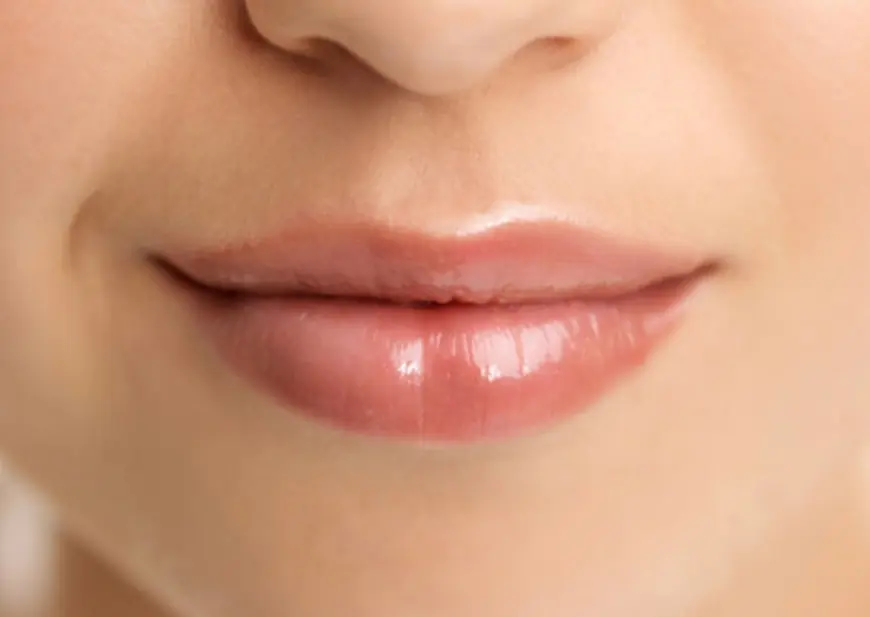Medical Reasons for Lip Reduction in Islamabad
This blog explores the medical motivations behind lip reduction, what the procedure involves, and what patients can expect during recovery.

In a world driven by aesthetic trends, lip enhancement procedures often steal the spotlight. However, a growing number of individuals are now seeking lip reduction procedures—not just for cosmetic reasons, but due to legitimate medical concerns. From congenital conditions to functional issues, this treatment is more than a beauty choice for many.
Understanding the Basics of Lip Reduction
Lip reduction is a surgical procedure designed to reshape and resize the lips by removing excess tissue. It is often chosen for cosmetic refinement but also plays a critical role in addressing various medical and functional problems.
-
The surgery is typically performed under local anesthesia.
-
Surgeons make incisions inside the mouth to remove excess mucosa and fat.
-
Stitches are used to close the incision, resulting in a more balanced lip size.
-
It generally takes 1–2 hours and is done as an outpatient procedure.
Why People Opt for Lip Reduction in Islamabad
While many consider lip reduction a cosmetic solution, others are driven by medical needs. Lip Reduction in Islamabad has seen a rise in demand due to greater awareness of these functional concerns.
-
Individuals with overly large lips may face difficulty speaking clearly or closing their mouths.
-
Patients with congenital deformities, like macrocheilia (abnormally large lips), often opt for surgical correction.
-
Some people experience chronic lip biting or dryness due to disproportionately large lips.
-
Overfilled or overdone cosmetic lip enhancements can also lead to medical complications requiring reversal.
At Enfield Royal Cosmetic, we understand the importance of both aesthetics and functionality. Our surgeons work closely with patients to ensure that medical concerns are addressed through a personalized treatment plan.
Medical Conditions That Require Lip Reduction
Lip reduction can help treat a range of medical problems that affect not just appearance but also speech, oral hygiene, and self-esteem.
Macrocheilia
This is a rare condition characterized by unusually large lips, often requiring surgical intervention.
-
Commonly found in congenital conditions like neurofibromatosis or inflammatory diseases.
-
Can cause difficulty in speech, drooling, and eating problems.
-
Surgery is often the only long-term solution.
Lip Trauma or Scarring
Accidents or injuries to the lip may leave behind scar tissue that distorts the natural lip shape.
-
Scar tissue can create asymmetry or swelling that hinders movement.
-
Lip reduction helps restore original function and appearance.
-
It also boosts emotional well-being for trauma survivors.
Allergic Reactions and Inflammatory Conditions
Chronic allergic reactions can lead to persistent swelling of the lips, known as granulomatous cheilitis.
-
This condition can cause discomfort and changes in lip texture.
-
Medical lip reduction can remove affected tissues for relief.
-
It helps manage recurring inflammation with improved results.
Candidates for Medically-Driven Lip Reduction
This surgery is not just for those seeking facial harmony. Many individuals undergo it to alleviate physical or medical discomfort.
-
Ideal candidates include people with congenital anomalies, trauma-induced changes, or persistent inflammation.
-
It’s suitable for both men and women, and even teenagers with physician clearance.
-
A detailed consultation ensures the patient is physically fit and emotionally prepared for the procedure.
How the Procedure Is Performed
While the concept is simple, lip reduction requires surgical precision, especially when the procedure addresses medical conditions.
-
Surgeons create a horizontal incision inside the lip.
-
Excess tissues—both fat and mucosa—are trimmed to reduce volume.
-
The shape is carefully sculpted to maintain symmetry and functionality.
-
Dissolvable stitches are placed to minimize post-op visits.
Recovery and Aftercare Guidelines
Post-operative care is crucial to achieving optimal results, especially when addressing medical issues.
-
Swelling and mild discomfort are common during the first week.
-
Patients are advised to stick to soft foods and avoid spicy items.
-
Oral hygiene must be maintained meticulously to prevent infection.
-
Most people return to normal routines within 7–10 days.
Risks and Complications to Consider
Like all surgeries, lip reduction carries some risks. However, choosing a skilled surgeon can significantly minimize these concerns.
-
Infection, bleeding, and swelling are the most common short-term effects.
-
Rarely, numbness or asymmetry may occur if the nerves or muscles are disturbed.
-
Scarring is minimal due to internal incisions but still requires proper healing care.
Why Islamabad Is an Emerging Hub for Lip Reduction
Islamabad has quickly become a preferred destination for lip reduction treatments, not only for aesthetic enhancement but also for medical necessities.
-
The city hosts many board-certified plastic and cosmetic surgeons.
-
Clinics are equipped with advanced surgical tools and patient-care standards.
-
Affordable pricing compared to international markets adds to its appeal.
Emotional and Psychological Benefits
Beyond physical relief, lip reduction can significantly impact mental and emotional well-being.
-
Patients often report higher self-confidence and improved social interaction.
-
Children and teens benefit from reduced bullying or social awkwardness.
-
Functional improvement in speech and eating boosts quality of life.
What to Discuss in a Medical Consultation
When considering lip reduction for medical reasons, transparency with your surgeon is key.
-
Share your full medical history, including allergies and past surgeries.
-
Clarify whether your concerns are cosmetic, functional, or both.
-
Ask about the expected outcome, risks, and alternative treatments.
Combining Lip Reduction with Other Treatments
In many cases, lip reduction can be paired with other facial procedures to achieve better medical and aesthetic outcomes.
-
Patients with cleft palate or facial reconstruction often undergo multi-stage treatments.
-
Orthodontic adjustments may follow or precede lip surgery for functional harmony.
-
The integration of dermatological therapies can also improve recovery and appearance.
Cost and Insurance Considerations
When lip reduction is done for medical purposes, it may be partially or fully covered by insurance.
-
Consult with your insurance provider to understand what’s included.
-
Clinics in Islamabad often offer detailed billing to help with claims.
-
Enquire about payment plans or financing options for uncovered expenses.
Myths About Medical Lip Reduction
There are several misconceptions about lip reduction, particularly when done for medical reasons.
-
Myth: It's only for models and celebrities – Fact: Many undergo it due to medical conditions.
-
Myth: The results look unnatural – Fact: Experienced surgeons can achieve very natural outcomes.
-
Myth: Recovery is extremely painful – Fact: Most patients experience only mild discomfort.
Final Thoughts
Lip reduction is more than just an aesthetic procedure—it can be a life-enhancing solution for individuals facing medical, functional, or emotional challenges. When performed by an experienced professional, it delivers both visible results and practical benefits that improve everyday life.
If you’re experiencing discomfort due to lip size or shape, whether cosmetic or medical, consider consulting a qualified expert.
At Enfield Royal Cosmetic, we take pride in offering medically-driven cosmetic procedures that prioritize your health, comfort, and confidence. Our expert team is here to guide you through a personalized consultation, ensuring your needs are addressed with care and precision. Reclaim your comfort and redefine your look—book your consultation today.
What's Your Reaction?
 Like
0
Like
0
 Dislike
0
Dislike
0
 Love
0
Love
0
 Funny
0
Funny
0
 Angry
0
Angry
0
 Sad
0
Sad
0
 Wow
0
Wow
0


















































